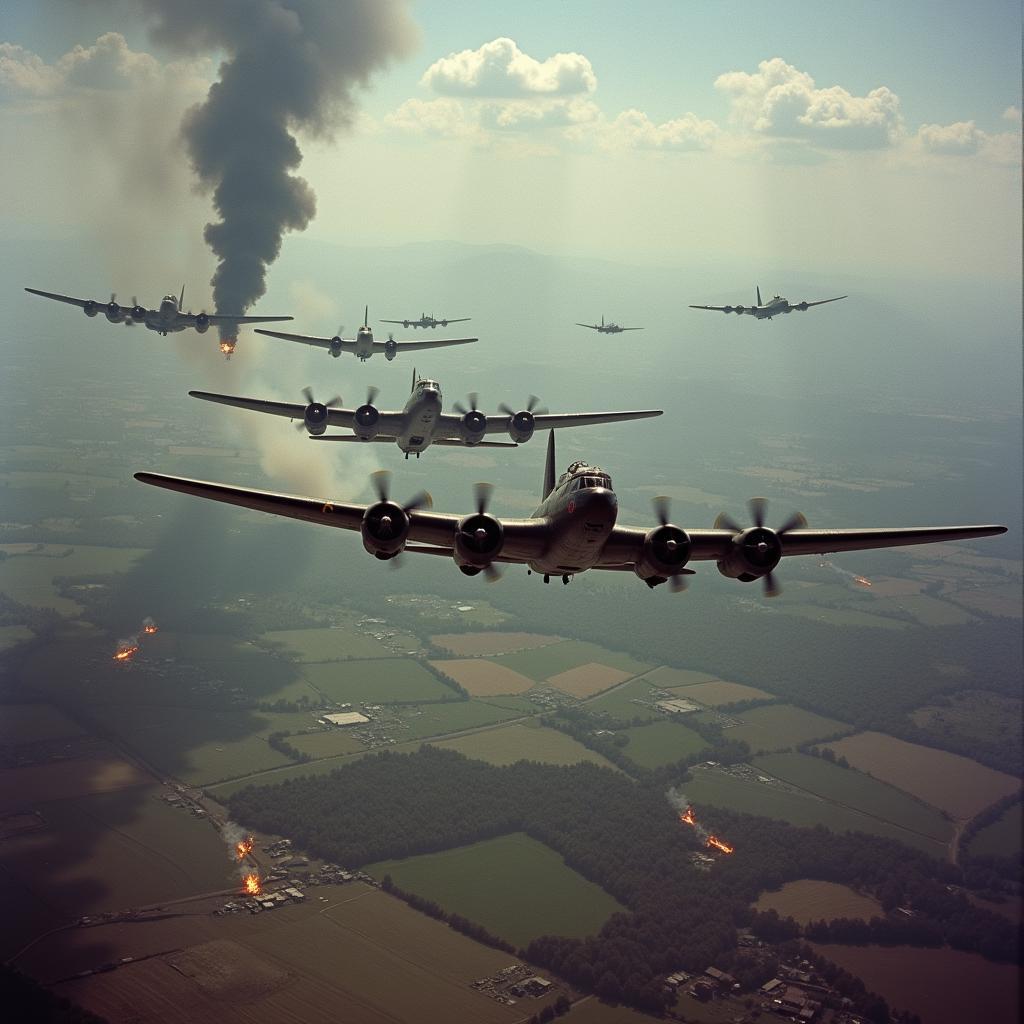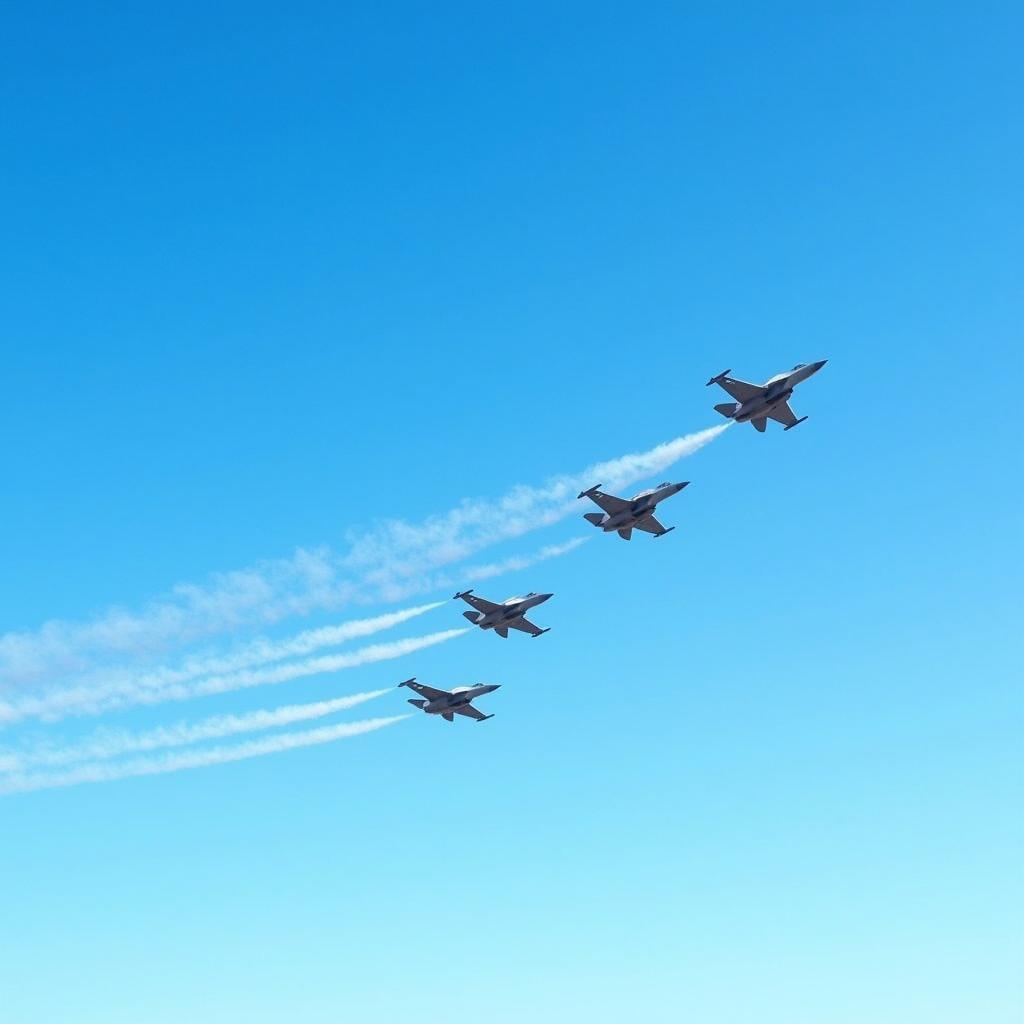Airplane aces, those elite pilots who etched their names in the annals of aviation history, evoke a sense of awe and wonder. These skilled aviators, with nerves of steel and exceptional flying prowess, engaged in fierce aerial combat, often against overwhelming odds. Their stories, filled with daring maneuvers, incredible feats of airmanship, and moments of both triumph and tragedy, continue to captivate generations.
What Defines an “Ace”?
The term “ace” typically refers to a military aviator credited with shooting down five or more enemy aircraft during aerial combat. However, the criteria for achieving ace status varied across different countries and time periods. Some nations, like Finland during World War II, recognized pilots as aces after only three victories, while others, such as Germany, demanded ten or more confirmed kills.
The Golden Age of Airplane Aces
World War I (1914-1918) is often considered the “Golden Age” of airplane aces. This era witnessed the birth of aerial combat and the rise of legendary pilots like Manfred von Richthofen, the “Red Baron,” René Fonck of France, and Canada’s Billy Bishop. These early aviators, flying fragile biplanes armed with machine guns, engaged in close-range dogfights that demanded exceptional skill and courage.
 World War I Dogfight
World War I Dogfight
World War II (1939-1945) saw the evolution of aerial warfare with the introduction of faster, more heavily armed aircraft. New aces emerged, such as Germany’s Erich Hartmann, the highest-scoring ace of all time with 352 victories, and Japan’s Hiroyoshi Nishizawa, renowned for his exceptional marksmanship. The Allied forces boasted their own heroes, including the United States’ Richard Bong, who claimed 40 aerial victories in the Pacific Theater.
Beyond the Kills: The True Mark of an Ace
While the number of aerial victories remains the defining characteristic of an airplane ace, it only tells part of their story. Many aces possessed exceptional leadership qualities, inspiring their comrades and contributing significantly to the war effort beyond their individual achievements. They often played crucial roles in developing new aerial tactics, testing advanced aircraft, and training future generations of pilots.
 World War II Bomber Formation
World War II Bomber Formation
Furthermore, the impact of aces extended beyond the battlefield. Their exploits captured the public imagination, boosting morale on the home front and becoming symbols of national pride and military prowess. Their stories, immortalized in books, films, and popular culture, continue to inspire awe and admiration.
The Legacy of Airplane Aces
The era of the airplane ace may be over, with modern aerial warfare relying heavily on technology and beyond-visual-range combat. Yet, the legacy of these skilled aviators endures. Their stories serve as a testament to human courage, determination, and the pursuit of excellence in the face of adversity. Their names continue to resonate with aviation enthusiasts and historians alike, reminding us of a time when individual skill and bravery could shape the course of history.
FAQ
1. What is the difference between a fighter pilot and an ace?
While all aces are fighter pilots, not all fighter pilots achieve ace status. The distinction lies in the number of confirmed aerial victories.
2. Who was the youngest airplane ace?
The youngest ace is generally considered to be Hans-Joachim Marseille, a German pilot credited with 158 victories. He achieved ace status at the age of 20.
3. Were there any female airplane aces?
While women played significant roles in aviation during both World Wars, there were no officially recognized female airplane aces.
4. Are there still airplane aces today?
The nature of aerial warfare has changed significantly, making it highly unlikely for pilots to achieve the same number of aerial victories as their predecessors. The term “ace” is generally associated with historical conflicts.
5. Where can I learn more about specific airplane aces?
Numerous books, documentaries, and online resources delve into the lives and careers of famous airplane aces. Museums dedicated to aviation history also offer valuable insights.
 Modern Fighter Jets in Formation
Modern Fighter Jets in Formation
Need More Information?
Have questions about Southeast Asia’s vibrant culture, captivating history, or the latest happenings in the region? Our team at Asean Media is here to help! Contact us at 0369020373 or [email protected]. You can also visit our office located in the charming village of Ngoc Lien, Hiep Hoa, Bac Giang, Vietnam. We’re available 24/7 to assist you.
